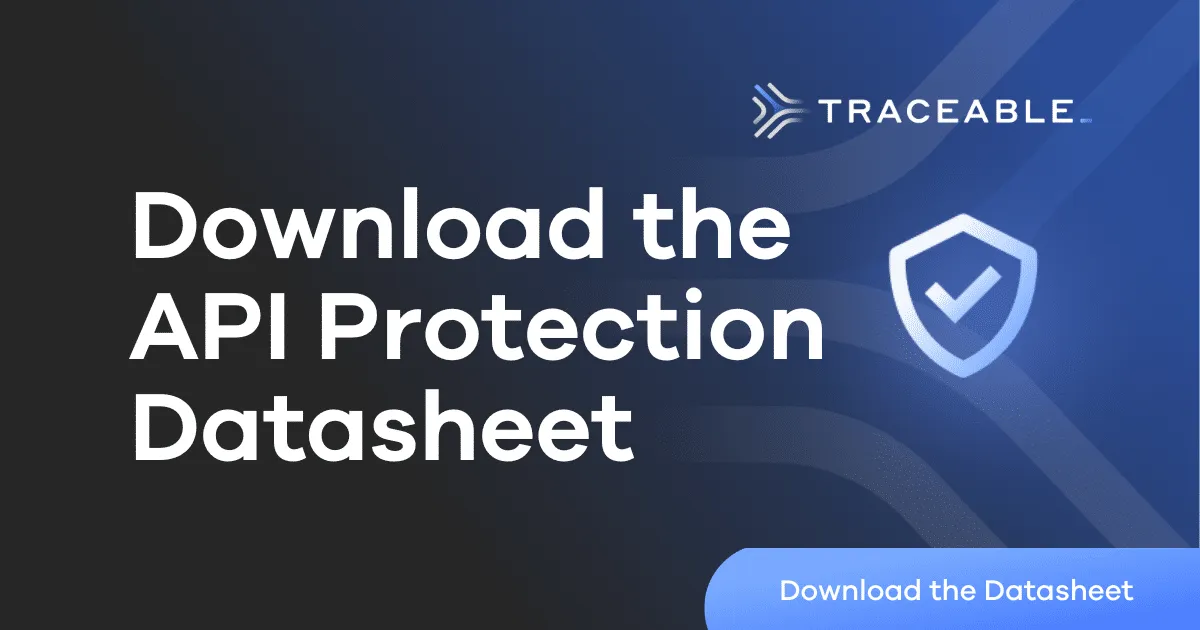Sensitive Data Leakage: Defined and Explained


Sensitive Data Leakage: Defined and Explained
We live in a digital world where everything happens on the internet, from filling out important financial forms to online shopping. All such activities require you to fill in some sensitive data via the internet. As more sensitive data reaches the internet, security becomes an important subject. Any security bottlenecks in the system that receives your sensitive data can result in that data leaking to attackers on the internet. In this post, I'll help you reach an in-depth understanding of sensitive data leakage. You'll understand what sensitive data is and how it can be exposed. Then, I'll walk you through some measures you can take to prevent sensitive data leakage.
What Is Sensitive Data?
Any type of data that is personal and must remain confidential is sensitive data. Sensitive data also represents that data which, when leaked, can lead to loss of resources in any way. Such data must be protected by the owner of that data. Moreover, it should also be protected by the entity the owner is transferring that data to. Some examples of sensitive data include bank details, credit/debit card details, and transaction details. It also includes personal records pertaining to one's health, education, sexual orientation, etc. Other types of data are sensitive for different individuals or companies based on the information it represents. For instance, someone's social media activity can be sensitive data which, if exposed, can put that person in danger. Someone's call records or any proprietary information that an individual or a company owns can also be termed as sensitive data. Now that you understand what sensitive data is, let's see what sensitive data leakage means.
What Is Sensitive Data Leakage?
An act or a process in which sensitive data is exposed to someone who is neither the owner nor the responsible entity behind that data is termed as sensitive data leakage. Let's say, for instance, you're performing a financial transaction. You probably go to a website and enter your payment information. Let's say that payment information includes your credit card number. We know that credit card number is sensitive data. The bank or the payment website where you input your credit card number is responsible for keeping your data safe and intact. Now, imagine that due to some security loophole or website vulnerability this number is exposed to someone else. If that someone else turns out to be a hacker, they can use that information to damage the user. This is the scenario of sensitive data leakage.

Common Causes of Sensitive Data Leakage
Let's look at some common ways sensitive data can be leaked.
Social Engineering
Social engineering methods, like phishing, are the most common ways to trick someone into exposing their sensitive data. Phishing links in people's emails appear to the reader like authentic forms asking for some sensitive information, like bank records, account credentials, etc. The information gathered by these fraudulent forms can then be used against the victim. Information can also be targeted via a third-party application if the application a user is on has a vulnerability.
SQL Injection
SQL injection is a well-known security vulnerability that allows an attacker to modify, update, and gain access to an application server's database records. If your application has this vulnerability, the attacker could get access to login information or any other personal information that's stored in your database.
Man-in-the-Middle Attacks
Most client and server communication happens via a secure TLS protocol HTTPS. This prevents any third party from tampering with that communication and intercepting the data transferred in that request. A man-in-the-middle attack enables a third person to set up a network of their own that can trick other people into using it. Think of a hotspot created by an attacker that someone uses at a library or a cafe. The attacker then has the ability to track network requests of an insecure website that doesn't have HTTPS. On any website the user interacts with over HTTP, the attacker can steal data and information from that communication. This technique can be used to steal passwords transmitted over HTTP easily.
Consequences of Sensitive Data Leakage
Data leakages make it to the top of the news when it comes to cybersecurity. When data leakage news gets out, a business will almost instantly lose some value in its stock price. The bigger your company is, the more users and customers it has, so the more negative impact a leakage can have on your business. In the past, there have been big data breaches for companies like Facebook that caused their stock price to plummet. Since data leakage is governed by cyber laws, a serious cybersecurity investigation can also happen. In that case, the company responsible for the data leakage has to pay legal and attorney fees. Moreover, oftentimes the government imposes fines as compensation for the users affected by the data leakage. Your company must pay these fines. So, the price of even a small sensitive data breach can be more than you might imagine! Besides the direct implications, there are some indirect consequences of sensitive data leakage as well. For instance, your users and customers may lose trust in your company, which negatively impacts your brand reputation and public relations. These may cost your business more in the long term.
Prevent Sensitive Data Leaks
Let's now look at some of the ways you can prevent sensitive data leaks in your applications:
Routinely Run Checks to Detect Vulnerabilities
Most sensitive data leakage happens due to security loopholes in your system. Those loopholes might be on the client side of your application, your API endpoints, or your database server. Security vulnerabilities are common because each day more and more vulnerabilities emerge that are hard to keep up with. However, what you can do is routinely check your system for any active security vulnerabilities. For instance, every month or once a quarter you can check if your database server or your APIs are SQL injection fool-proof. Similarly, you can test your client side against XSS vulnerabilities. This will not only help you keep an airtight secure system but will prevent any data leakage from happening in the future. Even a single line of code that gives an attacker a peek into your system can lead to a devastating episode of data leakage in the future.
Enable Application Monitoring
If your customers and users rely heavily on your software or application, set up monitoring. Monitoring your application helps you detect security bottlenecks early on before they're exposed to attackers. Monitoring also helps you understand where your users are getting stuck or what part of your product you should improve. Particularly for data leakage, monitoring can help you understand how you can modify or update your application to be better from a security point of view. Insufficient logging and monitoring can leave you absolutely clueless in the case of a disastrous security breach.
Encrypt Your Data
If you have a website or a server that's live and serving your users, ensure that it safeguards all client and server communication over HTTPS. Other than that, you should also encrypt any sensitive data before you send it from your server back to the client. For instance, credit card numbers and bank details should not be sent as plain text; they should be encrypted for security purposes. Furthermore, on your client side you should set a mechanism to only display such data on the UI when the user specifically wants to. For instance, you shouldn't show all the sensitive data on the client side up front. Passwords and other details in your database should also be encrypted.
Monitor and Secure Configurations on the Cloud
Today most systems have important configurations, server secrets, etc. stored on the cloud. Surely server configurations on the cloud are safe. But when you're hosting or deploying your application, you could accidentally leak them. If these configurations are leaked, attackers can easily break into your system and leak sensitive data residing in your database. Hence, be cautious when deploying applications and ensure your cloud configurations are secure.
Enable a Security Platform
Security is a tricky subject. Why not leave it to the professionals? Today there are a number of security platforms that can provide deep insights into your system's security. They also help you detect and fix security loopholes so your users don't have to worry. For instance, consider Traceable Al, which gives you end-to-end discovery over the security and threat detection for your APIs. It instantly finds potential threats across your entire API ecosystem and protects your APIs against common malicious attacks. About TraceableTraceable is the industry’s leading API security platform that identifies APIs, evaluates API risk posture, stops API attacks, and provides deep analytics for threat hunting and forensic research. With visual depictions of API paths at the core of its technology, its platform applies the power of distributed tracing and machine learning models for API security across the entire software development lifecycle. Book a demo today.
The Inside Trace
Subscribe for expert insights on application security.
.avif)




